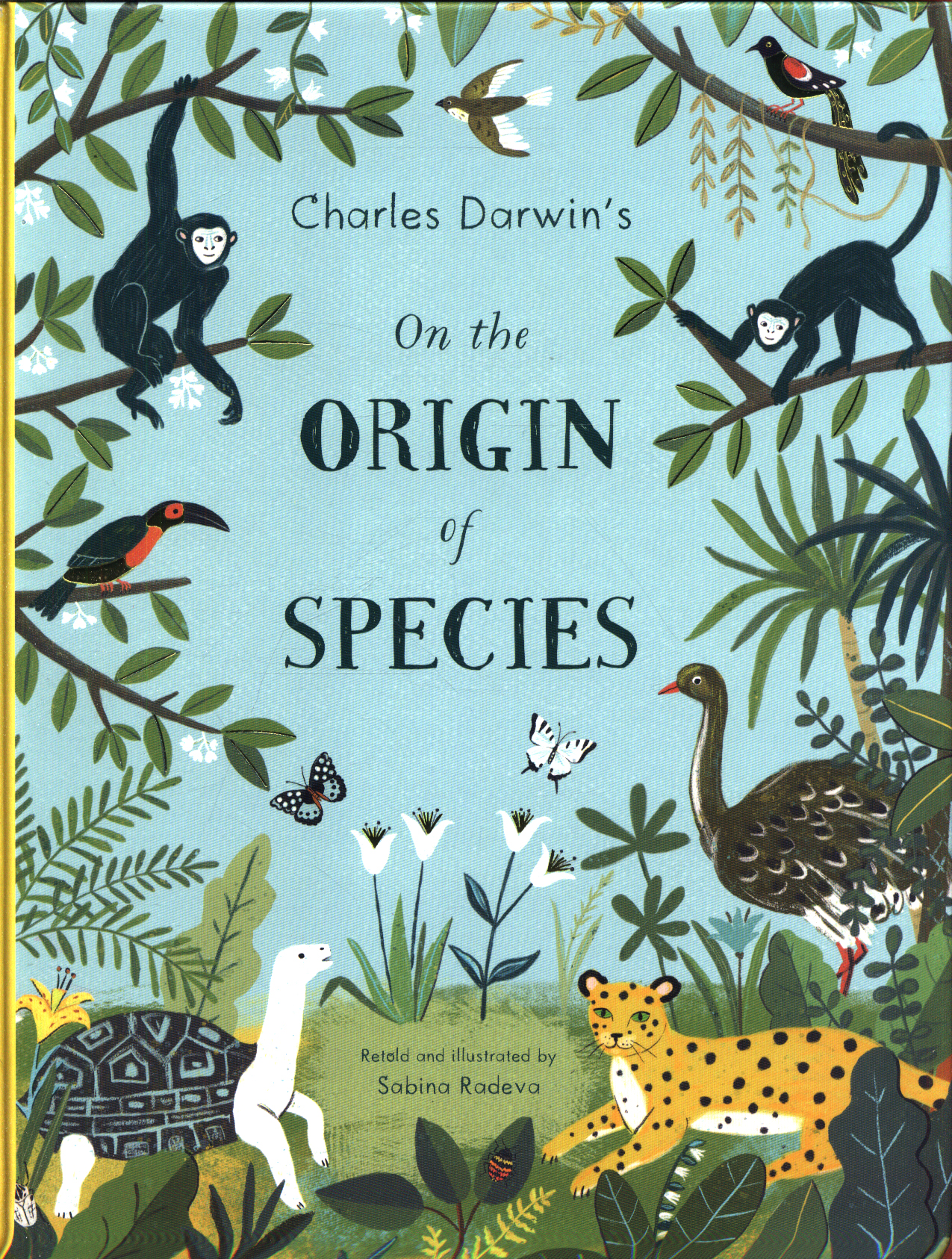
For example, the theory attempted to explain the development of so-called secondary sexual characteristics, such as the peacock’s tail or other traits that made a male animal more appealing to a female. Many aspects of sexual selection seemed implausible to Darwin’s contemporaries. He also tackled difficult problems that continue to spark debate today, such as the evolution of minds and of moral beliefs. As writer Cyril Aydon put it in A Brief Guide to Charles Darwin: His Life and Times : “With Darwin’s name on the cover, and monkeys and sex on the inside pages, it was a publisher’s dream.” Descent is still seen as a landmark in the history of the life sciences-though, inevitably, some passages strike modern readers as offensive, especially where Darwin speculates on issues of race and on gender roles. In Descent, Darwin illustrates this continuity by noting the similarities of the human body to those of our primate cousins and to other mammals, focusing on anatomical structure-such as the similarity of their skeletons-and also on embryology-the embryos of related animals can be almost indistinguishable.ĭescent, like Origin, became a huge bestseller. “It provided the continuity in Darwin’s system, from animals to humans.” “I think for Darwin, sexual selection was what connected humans with non-human animals,” says Ian Hesketh, a historian of science at the University of Queensland in Australia.


Both mechanisms helped to explain how species evolved over time. For Darwin, sexual selection was just as important as natural selection, which he had outlined in Origin -the idea that organisms with favorable traits are more likely to reproduce, thus passing on those traits to their offspring.

The male-combat theory would explain, for example, the development of a bull’s horns, or a moose’s antlers, while the quintessential example of “female choice” is seen in peahens, which, Darwin argued, prefer to mate with peacocks having the biggest, most colorful tails. In Descent, Darwin details a theory that he calls “sexual selection”-the idea that, in many species, males battle other males for access to females, while in other species females choose the biggest or most attractive males to bond with. “Man,” he wrote, “still bears in his bodily frame the indelible stamp of his lowly origin.” In The Descent of Man, and Selection in Relation to Sex, published 150 years ago this month, Darwin argued forcefully that all creatures were subject to the same natural laws, and that humans had evolved over countless eons, just as other animals had.

A dozen years later, in 1871, he tackled that subject head-on. Charles Darwin’s On the Origin of Species rattled Victorian readers in 1859, even though it said almost nothing about how the idea of evolution applied to human beings.


 0 kommentar(er)
0 kommentar(er)
